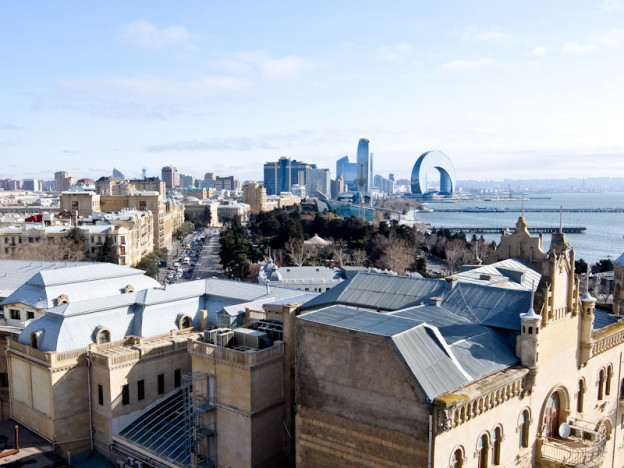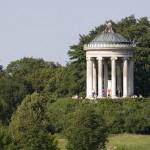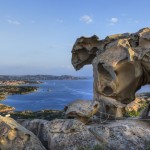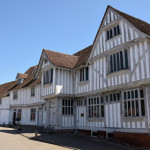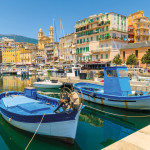In his guide to Baku Azerbaijan, Rupert Parker visits this Central Asian capital city, the new competing with the old.
At around six hours flying time from London, Baku, Azerbaijan is not quite a weekend destination but add a couple of days and it becomes very attractive indeed. It’s sandwiched between Russia and Iran, at the crossroads of East and West, and these days is a vibrant modern city on the shores of the Caspian Sea.
It might have stayed a sleepy backwater until the Nobel Brothers, searching for wood for rifle barrels, stumbled across oil here in the 1870s. They partnered with the French branch of the Rothschild banking family, and by 1900, Azerbaijan was producing more than half of the world’s oil.
Since the collapse of the Soviet Union, money from that same oil has fuelled a building boom in Baku. There’s a spanking new airport looking like a crystal goldfish bowl and, on the way into town, the buildings lining the wide boulevards are all lit up.
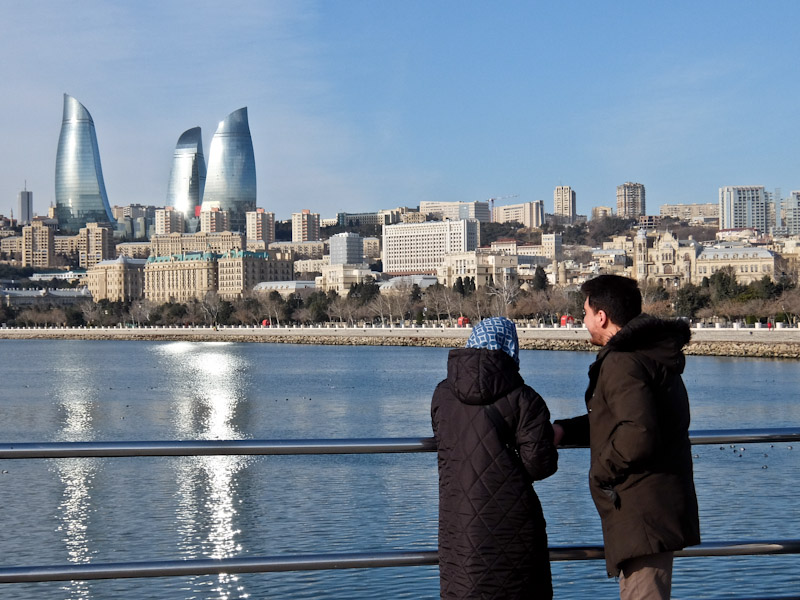
No guide to Baku would be complete without mentioning the seafront promenade. Along the seafront runs the Baku Bulvar, a wide promenade planted with palm trees and home to Soviet-era cafes complete with backgammon players. Pleasure boats pull up here offering sunset cruises, while lovers gaze out over the water. 55 km from the coast sits a derelict city of interconnected oil wells known as the “Oil Rocks” by the Russians.
Of course, it was revenue from this black gold which financed the first architectural boom here in the late 19th century. Grand buildings, known as Baku Gothic sprung up all over and include what is now the Azerbaijan History Museum and the Baku Municipal Duma, both designed by Polish architect Joseph Goslavsky.
A prime example of Soviet architecture is Government House, which started in 1938 and dominating the Boulevard like a majestic wedding cake. But recent buildings really are a shock of the new. At Crescent Bay, opposite Port Baku, the Crescent Hotel is shaped like a gigantic upside-down crescent moon with its points almost touching the surface of the Caspian Sea.
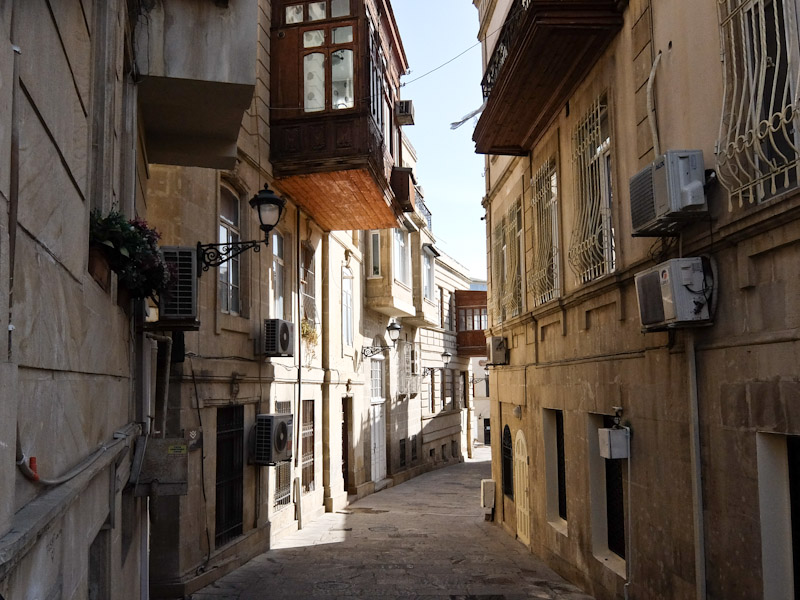
Thankfully we can include an old city walk in this guide to Baku. the old city, a stop on the ancient Silk Road, has been preserved. Enclosed inside medieval walls, its narrow winding streets and mosques and monuments are UNESCO listed, although much has been reconstructed in recent years.
Pride of place is the Maiden’s Tower, right next to the sea and the place where rich nobles stored their valuables in times of war. Its five-meter walls were virtually impregnable, hence its name, and from the top there are comprehensive views over Baku Bay and the Old City.
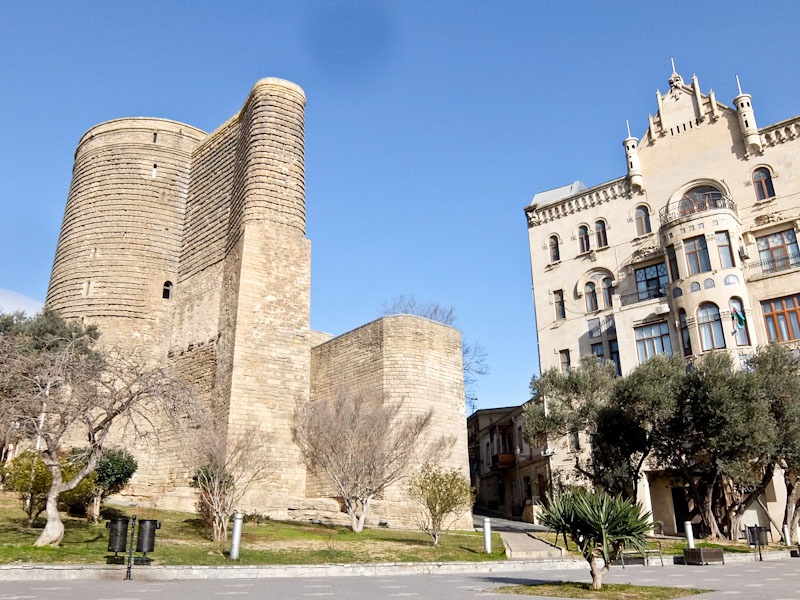
Azerbaijan is known as the “Land of Fire” because of its oil and gas reserves and a few kilometres north of the city is Yanar Dağ or Fire Mountain. It sounds grander than it is but gas has been coming out from the base of the rock and burning since before the time of Herodotus. The 10m strip of fire is overlooked by viewing amphitheatre where they stage musical performances with an impressive flaming backdrop.
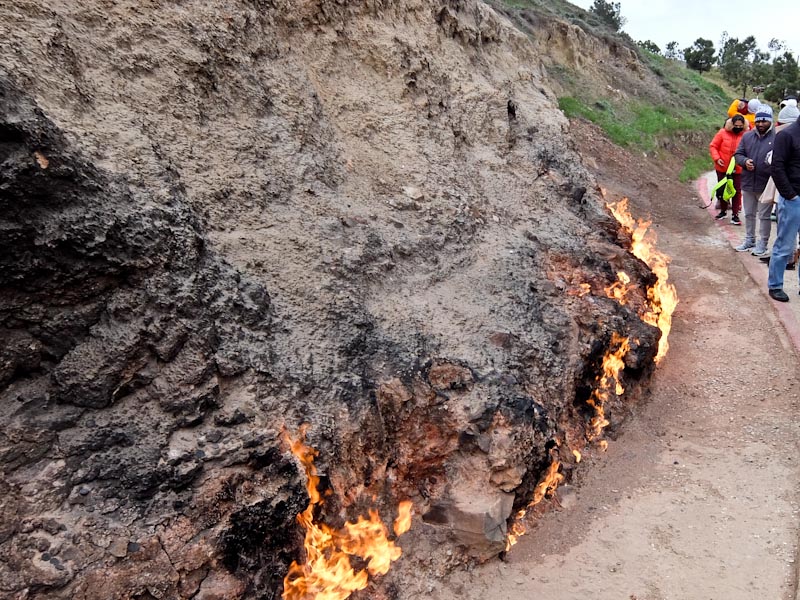
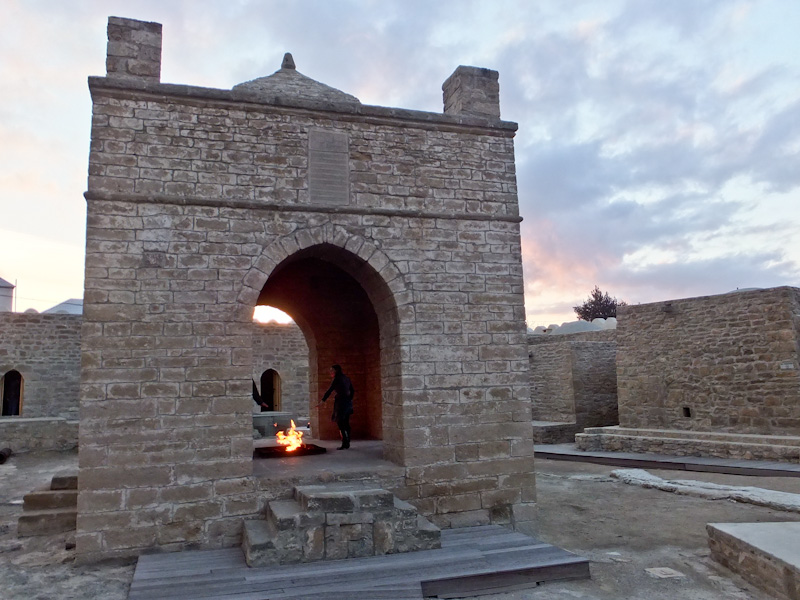
Just as impressive is the Ateşgah, or House of Fire, a temple constructed by worshippers of Zoroaster or Zarathustra around the 13th century. The central building, complete with a central burning flame and four chimneys is surrounded by monastic cells, where they’ve rather imaginatively erected mannequins doing what the monks are supposed to do. Of course, the people are very dark, supposedly blackened by the fire, although these days the flames are provided by gas.
Gobustan
70 km west of the city is the area known as Gobustan. It’s home to over 4000 rock carvings dating back 12000 years which depict people hunting, boating and fishing and even dancing at the Stone Age disco. The locals lived in cave shelters and, when explorer Thor Heyerdahl saw depictions of cane boats, he came up with the idea that perhaps the Vikings came from here.
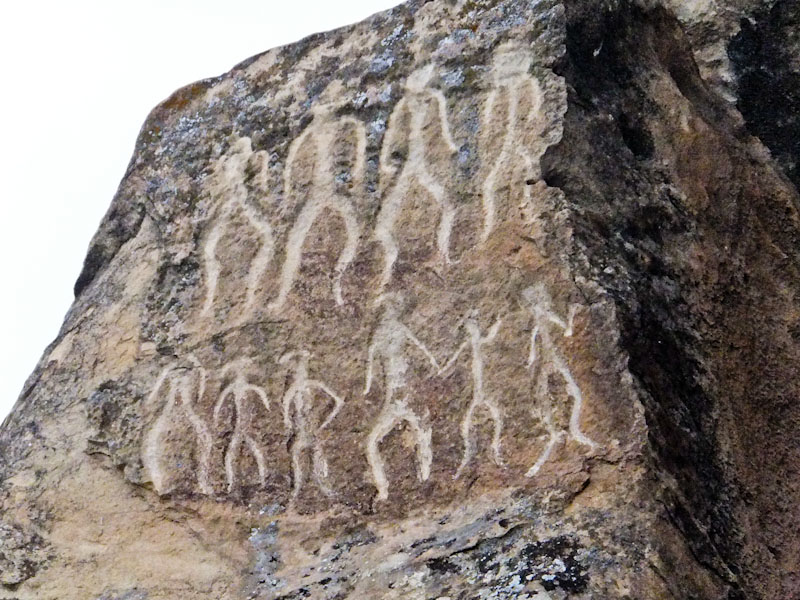
Below the carvings, they’ve built an excellent museum which gives you a glimpse into the lives of the Stone Age people who lived here. They’ll even provide guides to help you spot the various figures in the landscape as they lead you on trails across the rugged ridge.
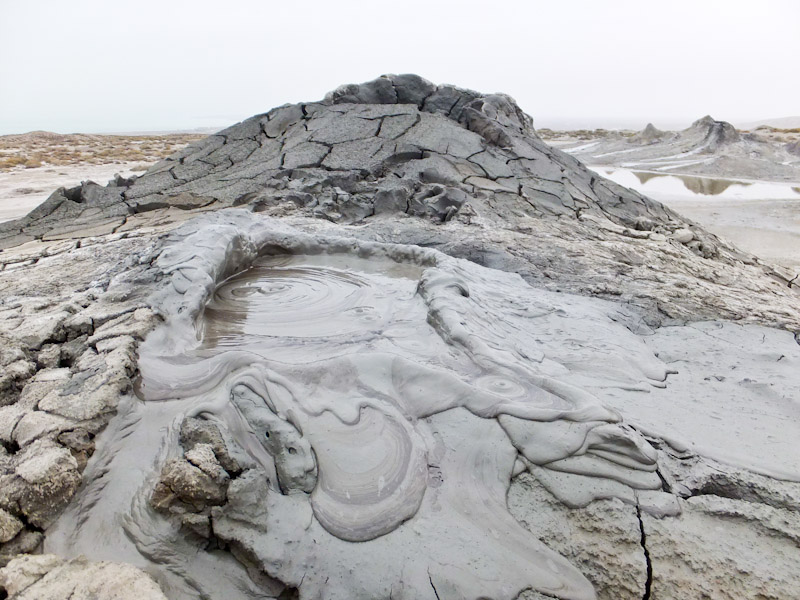
Nearby are the mud volcanoes of Dashgil. You cross the railway tracks and climb up a dirt road to what looks like a post-apocalyptic landscape. All is quiet here apart from the belching and farting of volcanic mud pools bubbling out of cone-shaped mounds. Each has a constant stream of mud down the sides and, just like lava, it solidifies as it flows. Beware that when it rains this area turns into a deep mire and is completely inaccessible.
Back in Baku, I’m still overwhelmed by the skyline of thrusting high rises, in particular the iconic Flame Towers which dominate the city from every angle. Perhaps the most impressive is the Heydar Aliyev Center, designed by Zaha Hadid, a sea of waves and crests, changing from whichever angle you view it. This former Soviet City has certainly undergone an impressive transformation and displays its new clothes with national pride.
Tell Me More About this Insider Guide To Baku
Azerbaijan Travel has information about the place mentioned in this guide to Baku and the rest of the country.
Azerbaijan Airlines flies direct from London Heathrow to Baku.
The Winter Park Hotel is a comfortable base in the heart of downtown and has good food.

